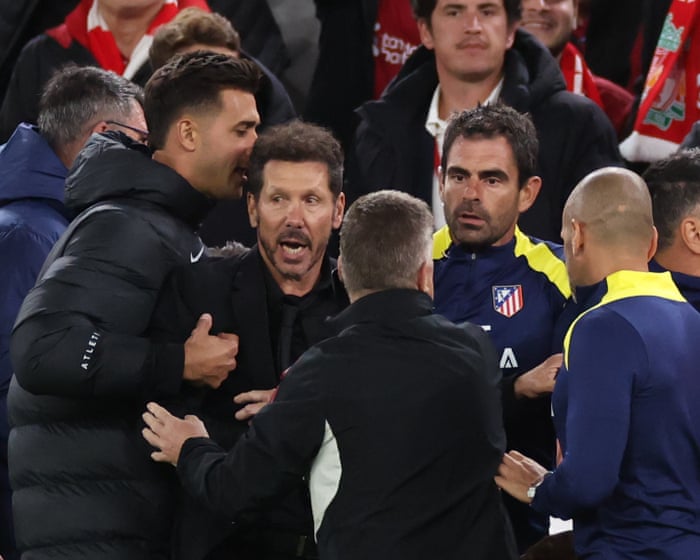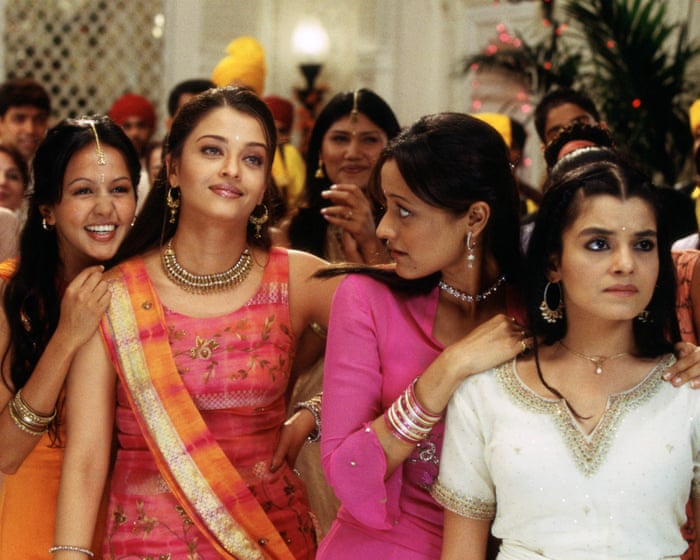Robert Redford, who passed away this week at 89, was not only one of Hollywood’s most celebrated stars—both as an actor and director—but was also blessed with what the BBC described as “all-American good looks that couldn’t be ignored.” Rising to fame during the “new Hollywood” era, his blond curls, strong jawline, and warm smile gave him the classic advantages of a leading man, though it was his talent and passion for acting that truly set him apart.
His breakthrough role came in 1969 as the sharp-shooting Sundance Kid alongside Paul Newman. Despite the film’s writer, William Goldman, initially dismissing Redford as just another California blonde, Redford quickly proved he was more than his looks. In the tributes following his death, a common theme emerged: he transcended his handsome appearance to become a truly significant figure in American cinema.
Redford often seemed to downplay his own beauty and resisted being labeled a sex symbol. Yet, he always carried himself with an air of elegance—a recent Financial Times article on his impeccable style, published just before his death, highlighted his attention to fine tailoring. Still, he saw his looks as a limitation. In a 1974 New York Times interview, he called the “glamour image a real handicap” and expressed frustration that his appearance sometimes overshadowed his work.
Some commentators, like Joan Bakewell in The Telegraph, noted with surprise that Redford took his craft seriously despite being good-looking—as if beauty and talent were mutually exclusive. This tendency to treat attractiveness as a trade-off for other qualities is puzzling. In reality, people are multifaceted; good looks are just one aspect of who they are, not a deficit in character or ability.
Of course, Redford’s legacy includes far more than his appearance. He was a skilled actor, a supporter of independent film through the Sundance Festival, and an advocate for environmental and social causes. Still, the persistent focus on his looks contradicts the identity he cultivated throughout his career. He actively sought complex roles—like the investigative journalist in All the President’s Men—and even turned down the part in The Way We Were until his character was rewritten to be more nuanced and flawed.
This issue extends beyond Redford. Consider R&B singer D’Angelo, whose talent was often overshadowed by his sex symbol status. How we talk about male beauty—and how society engages with it—remains underdeveloped. Sex symbols, regardless of gender, often serve as benchmarks for narrow beauty standards and are used to sell media and products. But this reduction overlooks their full humanity and can feel reductive, even vulnerable, for those living under such labels.The idea of a sex symbol or an emblem of beauty carries a hidden burden. While such figures may be admired, envied, or desired, they also provide a sense of relief for others. Their beauty can be treated as a fantasy or a distant goal—a weight carried by someone else that we can appreciate from a distance, even if that means focusing on aspects the person themselves may not have emphasized.
This burden has historically fallen more heavily on famous women. The intense scrutiny, personal tragedies, and objectification faced by figures like Pamela Anderson, Marilyn Monroe, or Jayne Mansfield are widely recognized. But I also wonder about the experience of beautiful men—many of whom, like Robert Redford, have openly expressed discomfort with, or even rejection of, the fascination with their looks and their sexualization.
There’s a common assumption that heterosexual male sexuality is inherently conquest-oriented—that being attractive simply means greater access to women. This might lead some to believe no man could possibly be uneasy about attention based on his appearance. Yet actors like Keanu Reeves and Sterling K. Brown have actively tried to step back from their sex symbol status, especially when—as with Redford—it has interfered with being taken seriously as artists.
I recall how Brown’s Emmy-nominated performance in the political thriller Paradise was often reduced on social media to a shower sex scene, circulated mainly to praise his physique. Years earlier, Jesse Williams—whose status as a sex symbol was cemented by shirtless scenes in Grey’s Anatomy—expressed frustration when audience members filmed and shared a nude scene from his Broadway play online.
Sex and beauty certainly have their place in art, and they’ve undoubtedly helped advance these men’s careers. But they don’t define these individuals entirely. For some, the attention can lead to darker places. Take the neo-soul artist D’Angelo, a musical prodigy with exceptional talent, smooth vocals, and mastery of multiple instruments. Yet his artistry was overshadowed by his sex symbol image after the release of his music video for Untitled (How Does It Feel), in which he appeared naked and sensual. The video was credited with sparking the sexual awakening of many millennial women and gay men. Struggling to be recognized as a soul legend rather than a physical ideal, D’Angelo took an 11-year break from music and battled addiction, as he revealed in a 2012 GQ interview. Predictably, when he returned looking less chiseled, public commentary on his weight and appearance was harsh.
None of this is to say that male beauty—like all beauty—shouldn’t be celebrated. But it seems we lack the language or genuine understanding of what it truly feels like for men to possess such striking looks. And when they do try to articulate their discomfort or distance themselves from that image, we often pull them right back into the same narrow box. Redford knew he was handsome, but he refused to let his looks define him, even in death. Why can’t we seem to help ourselves?
Frequently Asked Questions
Of course Here is a list of FAQs about the topic of male beauty in the context of Robert Redfords legacy
BeginnerLevel Questions
Q What does male beauty even mean
A It refers to the physical attractiveness of men but its more than just looks It often includes qualities like charisma confidence and presence which someone like Robert Redford had in abundance
Q Why is it suddenly a topic of discussion now
A The passing of an iconic figure like Redford often makes us reflect on their legacy His celebrated looks force us to confront why we dont normally celebrate male beauty as openly as we do female beauty
Q Is talking about a mans looks considered shallow
A It can be perceived that way because of oldfashioned social norms Were often taught that a mans value lies in his actions career or strength not his appearance which makes the conversation feel unfamiliar or superficial
Q Whats the difference between acknowledging male beauty and objectifying men
A Acknowledgment is appreciation like recognizing an artists skill Objectification reduces a person to just their physical parts for consumption The key is respectadmiring Redfords beauty as part of his whole artistic persona not just a standalone feature
Advanced Nuanced Questions
Q How does the concept of the male gaze affect this
A The male gaze is a theory that visual media is often created from a heterosexual male perspective objectifying women Because male beauty isnt traditionally created for that gaze it exists in a cultural blind spot making it harder to discuss naturally
Q Didnt Redford himself resist being called a pretty boy
A Absolutely Many actors of his era including him downplayed their looks to be taken seriously as artists This reinforces the idea that male beauty and talent are mutually exclusive which is a core reason the conversation is stunted
Q What role does masculinity play in this
A Traditional masculinity often equates caring about appearance with vanity or weakness Admiring another mans looks can sometimes be wrongly conflated with attraction touching on homophobic biases that still exist in society
Q Has this started to change with newer male celebrities
A Yes significantly Figures like Timothée Chalamet or Harry Styles are




